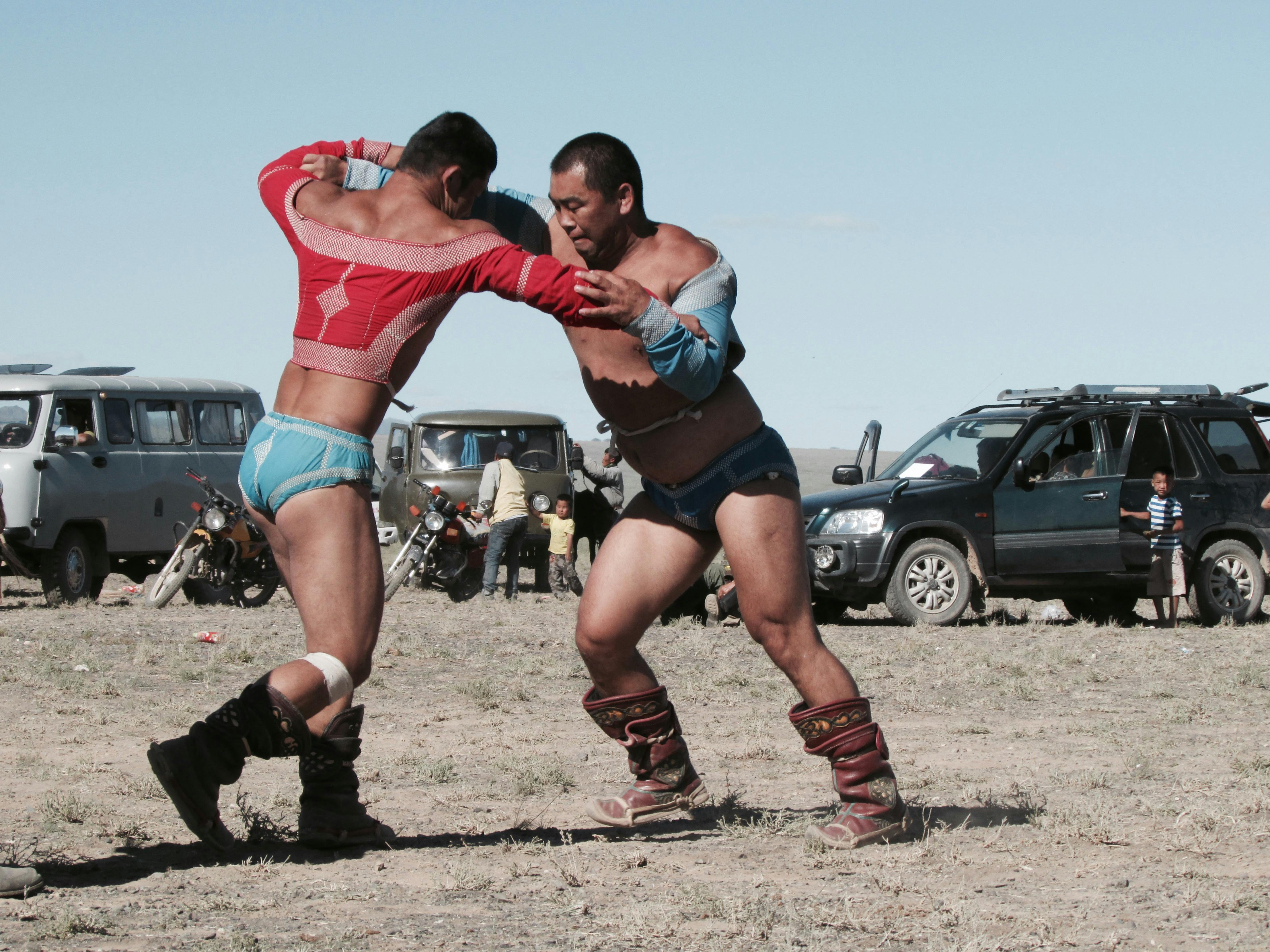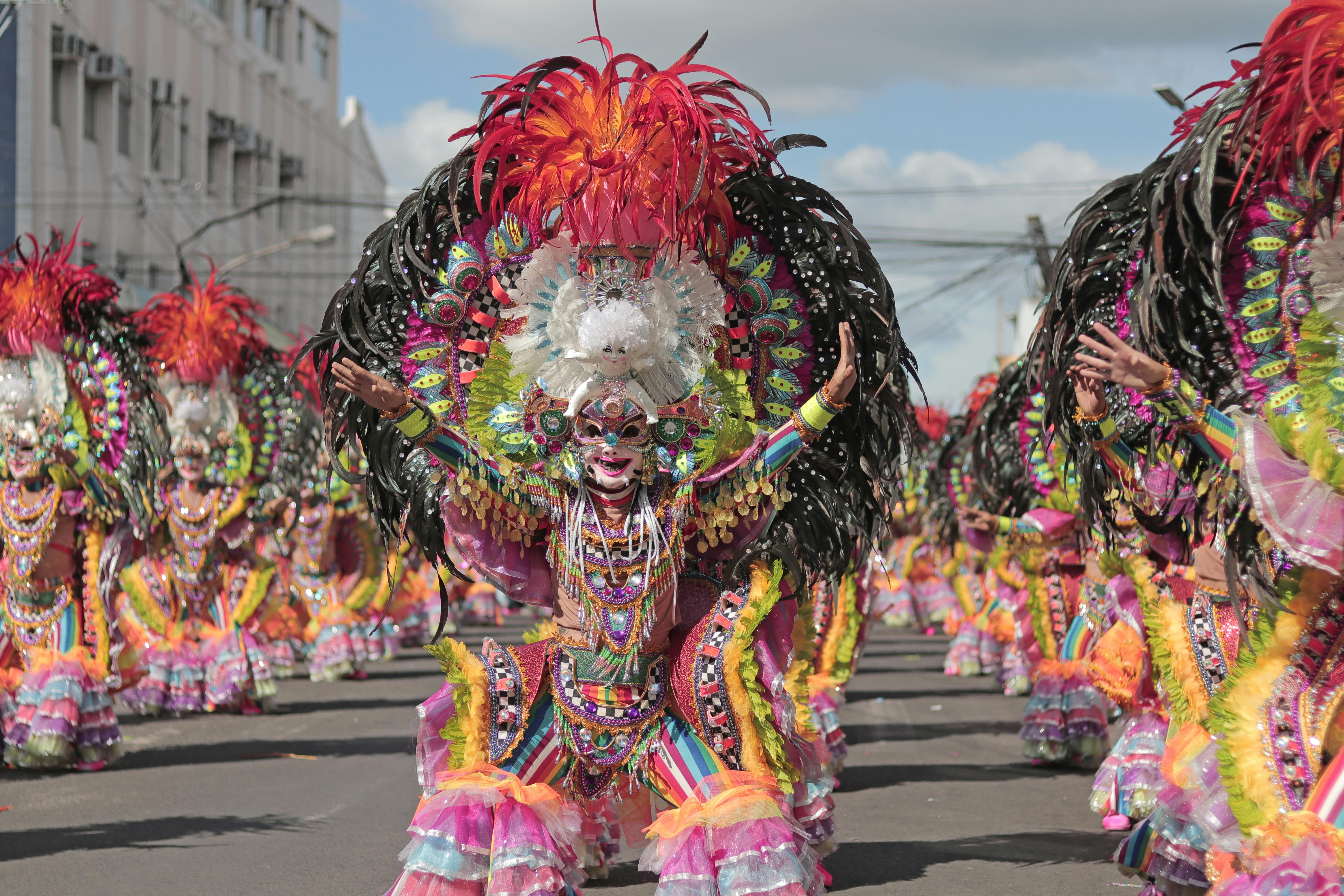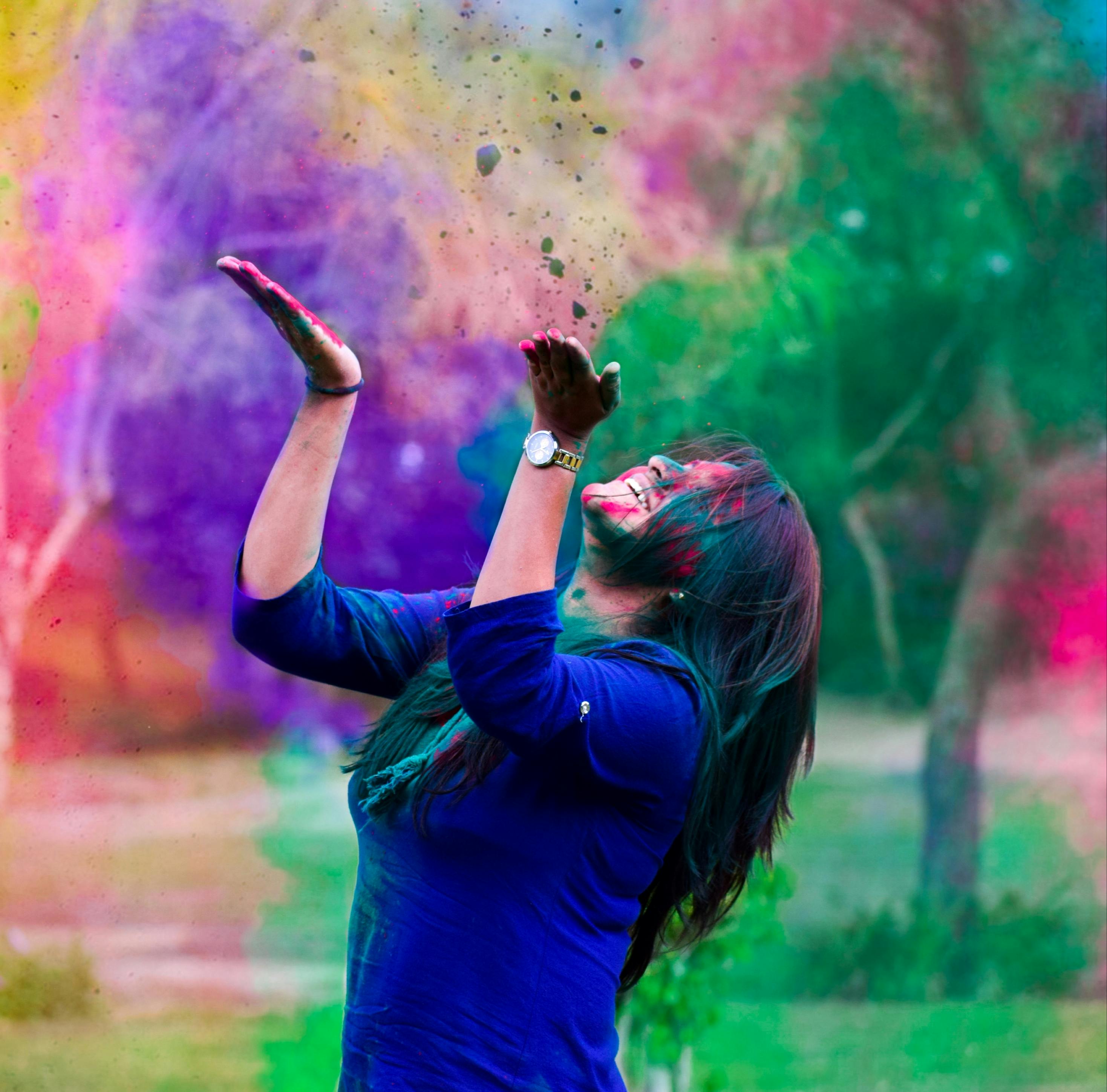Travel isn’t just about places; it is about people, and one of the best ways to connect with a culture is through its festivals. These celebrations reflect the heart of a community: its stories, values, music, food, and traditions.
While popular festivals like Carnival or Diwali get much of the attention, there are countless others that offer something truly unique. Here are seven unforgettable cultural festivals worth planning a trip around:
1. Gerewol Festival, Chad
When: Late September (dates may vary slightly depending on the nomadic calendar)
Held by the Wodaabe people in the Sahel region of Chad, the Gerewol Festival is one of the most visually striking courtship rituals in the world. Young men dress in elaborate makeup, tall feathered headdresses, and intricate jewelry, aiming to impress potential partners with their beauty, charm, and endurance in dance.
The main event is the Yaake, a male beauty contest judged by women based on features like white teeth and rolling eyes. The festival is a time for nomadic clans to come together, exchange news, strengthen alliances, and celebrate survival in a harsh environment.
It offers travelers a rare glimpse into a culture that has remained mostly untouched by globalization. For those willing to venture off the beaten path, Gerewol is one of the most authentic cultural encounters you can experience.
2. Naadam Festival – Mongolia

When: July 11–13 every year
Naadam is Mongolia’s national festival and one of its most significant cultural events. The “Three Games of Men”- wrestling, archery, and horse racing – are at the heart of the celebration, all of which have roots in Mongolian military tradition.
The grand opening ceremony in Ulaanbaatar is a spectacle of music, traditional dance, and colorful costumes that marks the start of this national holiday. Beyond the sporting events, Naadam is a time of deep national pride and family reunions.
The countryside hosts smaller versions of the festival, giving travelers a chance to witness nomadic customs firsthand. If you’re planning a summer trip to Mongolia, aligning it with Naadam will add a powerful cultural dimension to your journey.
3. Chiang Mai Lantern Festival – Thailand
When: November (exact date varies with the full moon of the 12th Thai lunar month)
Known locally as Yi Peng, this festival in Chiang Mai is a stunning blend of spiritual ritual and sheer beauty. Thousands of paper lanterns are released into the night sky, creating a breathtaking spectacle as they float upward, symbolizing letting go of misfortunes and making wishes for the future.
At the same time, Krathongs (small rafts decorated with flowers and candles) are floated on rivers as part of the concurrent Loy Krathong celebration. Temples, homes, and streets are decorated with lights and lanterns, and traditional performances, parades, and firework shows fill the city.
Although it has become increasingly popular among tourists, the essence of the celebration remains deeply rooted in local Buddhist traditions.
4. La Tomatina – Buñol, Spain
When: Last Wednesday of August every year
What started as a spontaneous food fight in 1945 has grown into the world’s biggest tomato-throwing festival. Held in the small town of Buñol near Valencia, La Tomatina involves tens of thousands of people pelting overripe tomatoes at one another in the town’s narrow streets.
The entire event lasts approximately an hour, but the energy and chaos are unforgettable. Despite its anarchic appearance, the event is well-organized, with rules in place to ensure safety, such as squashing tomatoes before throwing them and stopping when the signal sounds.
After the battle, fire trucks hose down the streets (and people), and the town returns to normal. It’s messy, ridiculous, and pure fun.
5. MassKara Festival – Bacolod, Philippines

When: Fourth Sunday of October (with events throughout the month)
The MassKara Festival is all about joy, resilience, and colour. Born out of a crisis in the 1980s as a way to uplift the spirits of Bacolod residents, the festival features smiling masks, street dancing, and vibrant costumes.
The name “MassKara” combines “mass” (meaning ‘people’) and “kara” (meaning ‘face’), fitting for a celebration that encourages smiling through hardship. Music and dance competitions dominate the streets, and there’s a carnival-like atmosphere with food stalls, concerts, and nightly parties.
The highlight is the final parade, where performers dance in elaborate masks and costumes. It’s a reminder of how culture can turn sorrow into celebration and showcases the enduring Filipino spirit.
6. Venice Carnival – Italy
When: Two weeks before Ash Wednesday (typically in February)
The Venice Carnival is a lavish throwback to the city’s Renaissance and Baroque past. Known for its ornate masks and 18th-century costumes, it transforms the floating city into a surreal, elegant stage.
Masked balls, operas, concerts, and parades fill the calendar, especially in iconic spots like St. Mark’s Square. What makes this festival so intriguing is its blend of mystery, history, and theatricality. It’s one of Europe’s most photogenic and atmospheric cultural experiences.
7. Holi Festival – India & Nepal

When: Varies each year (falls on the full moon day of the Hindu month of Phalguna, usually in March)
Holi is a vibrant, joyous celebration marking the end of winter and the arrival of spring. It’s rooted in Hindu mythology, especially the story of Prahlad and Holika, symbolizing the victory of good over evil.
On the eve of Holi, people gather around large bonfires for Holika Dahan, a ritual that involves singing, dancing, and burning away past negativity. The next day, known as Rangwali Holi, is pure, unfiltered fun.
People take to the streets with brightly colored powders and water balloons, smearing colors on friends, family, and even strangers. There’s singing, drumming, dancing, and traditional sweets like gujiya and drinks like bhang thandai flowing freely.
While celebrated across India and Nepal, cities such as Mathura, Vrindavan, Varanasi, and Pushkar are particularly renowned for their elaborate and immersive Holi celebrations.
Cultural festivals offer a unique way to experience a place from the inside out. They’re not just events, they’re moments when tradition, community, and celebration come together.
If you want your travels to go beyond sightseeing, these seven festivals are worth the trip. They’ll give you stories, flavours, and memories you won’t find anywhere else.

